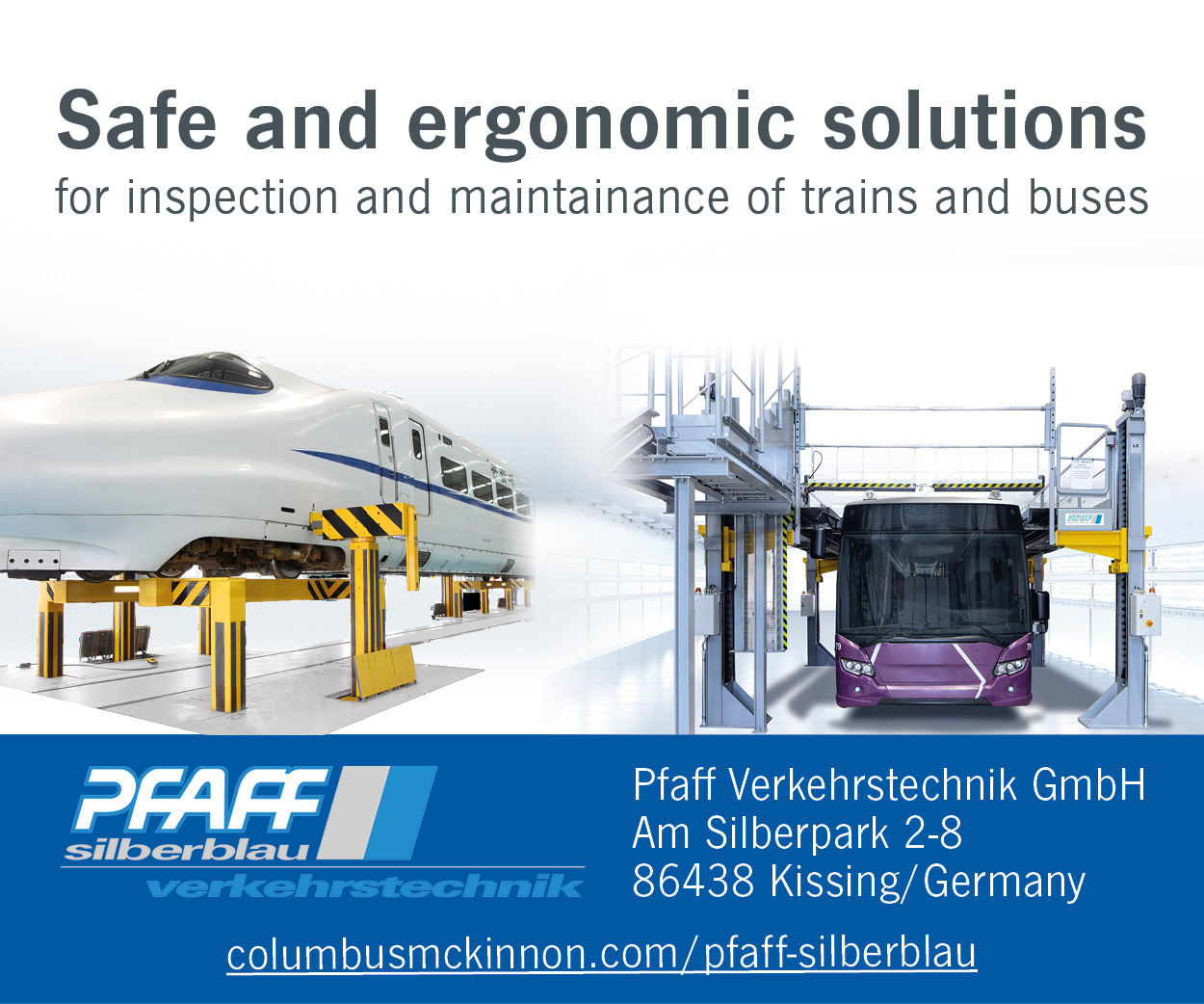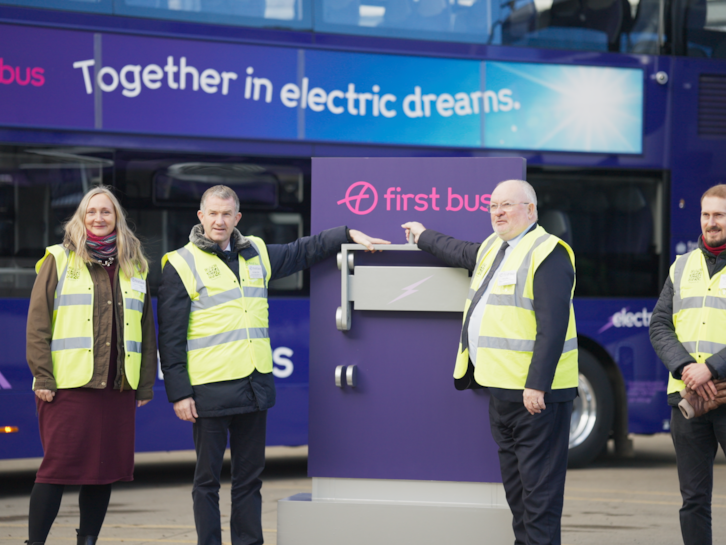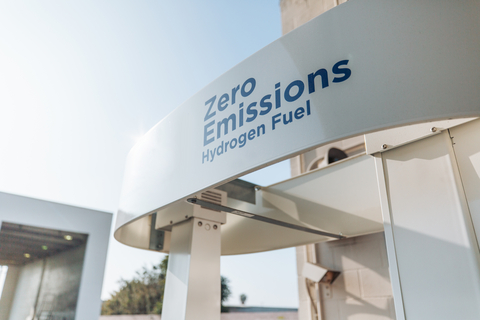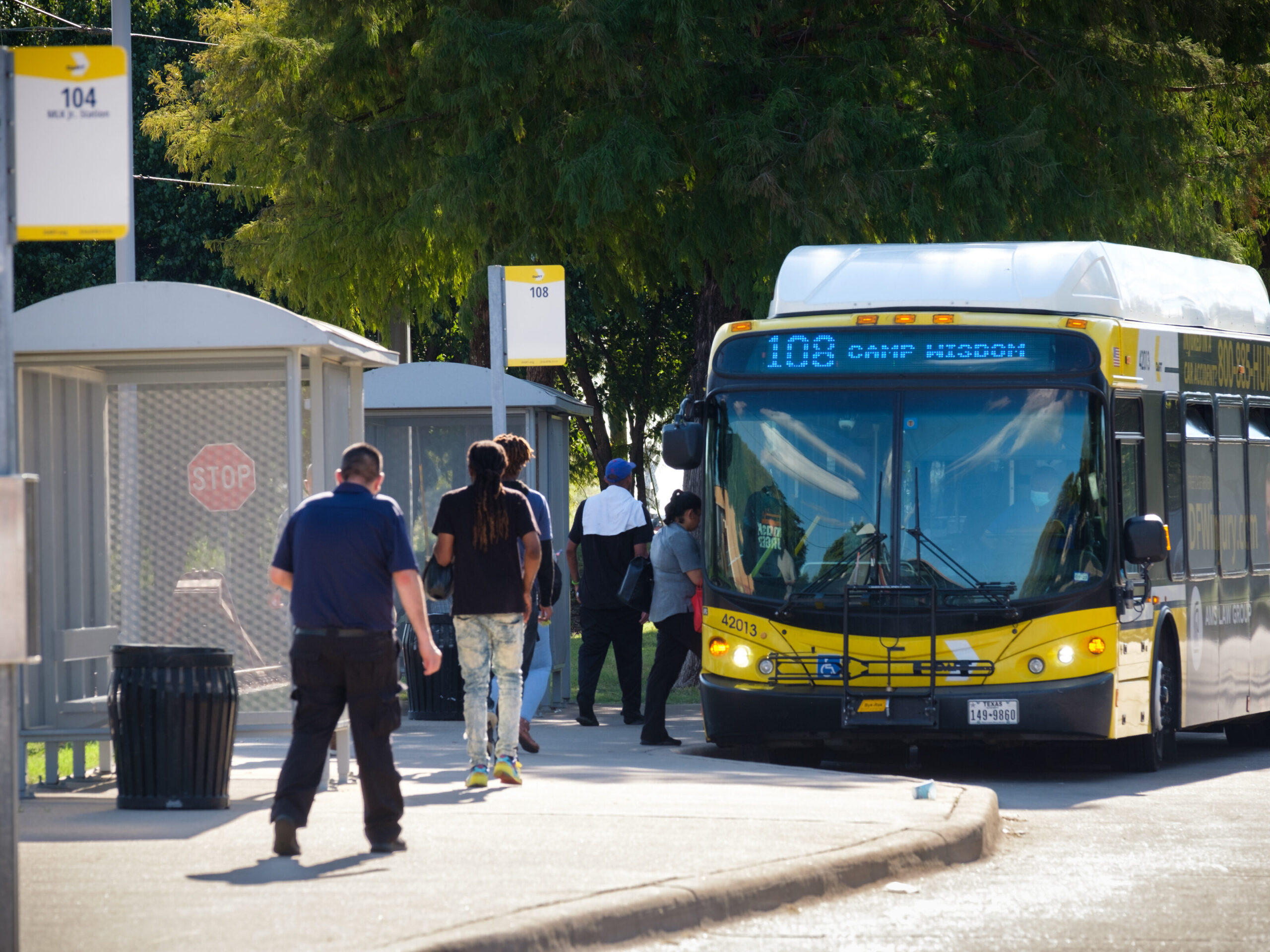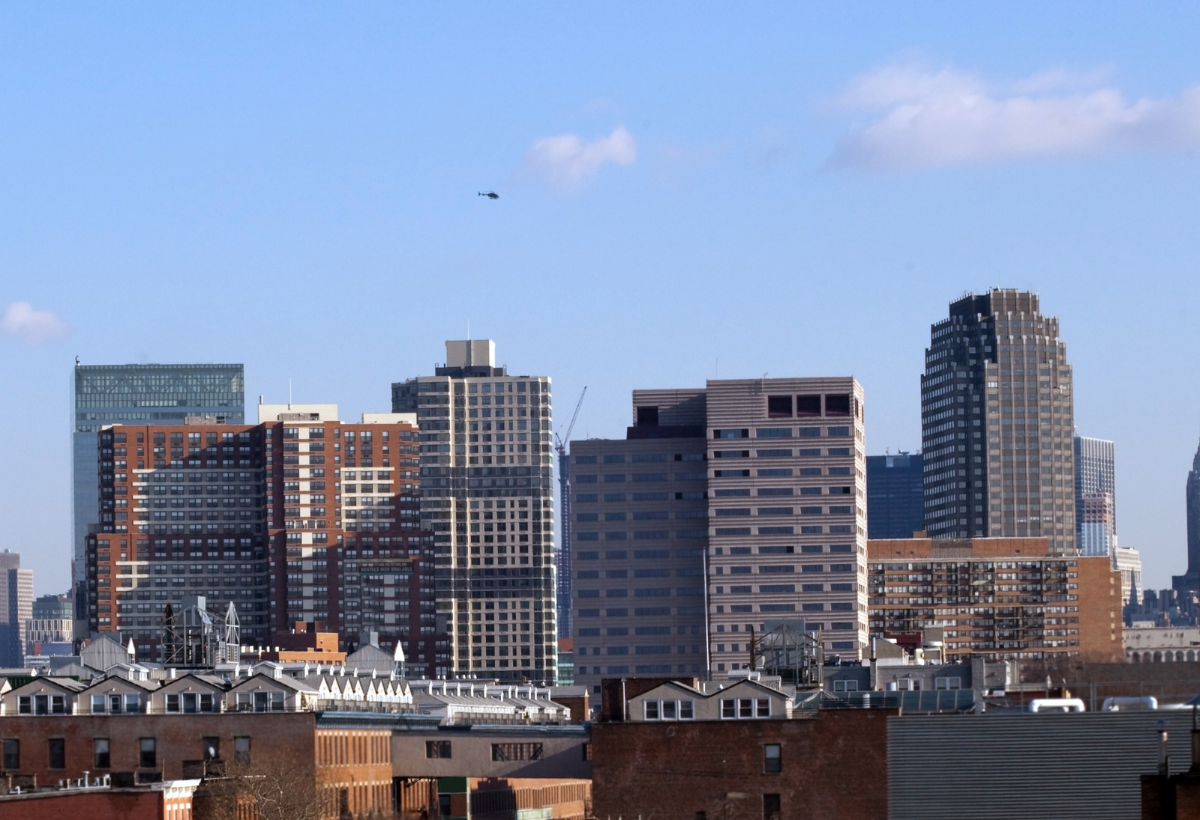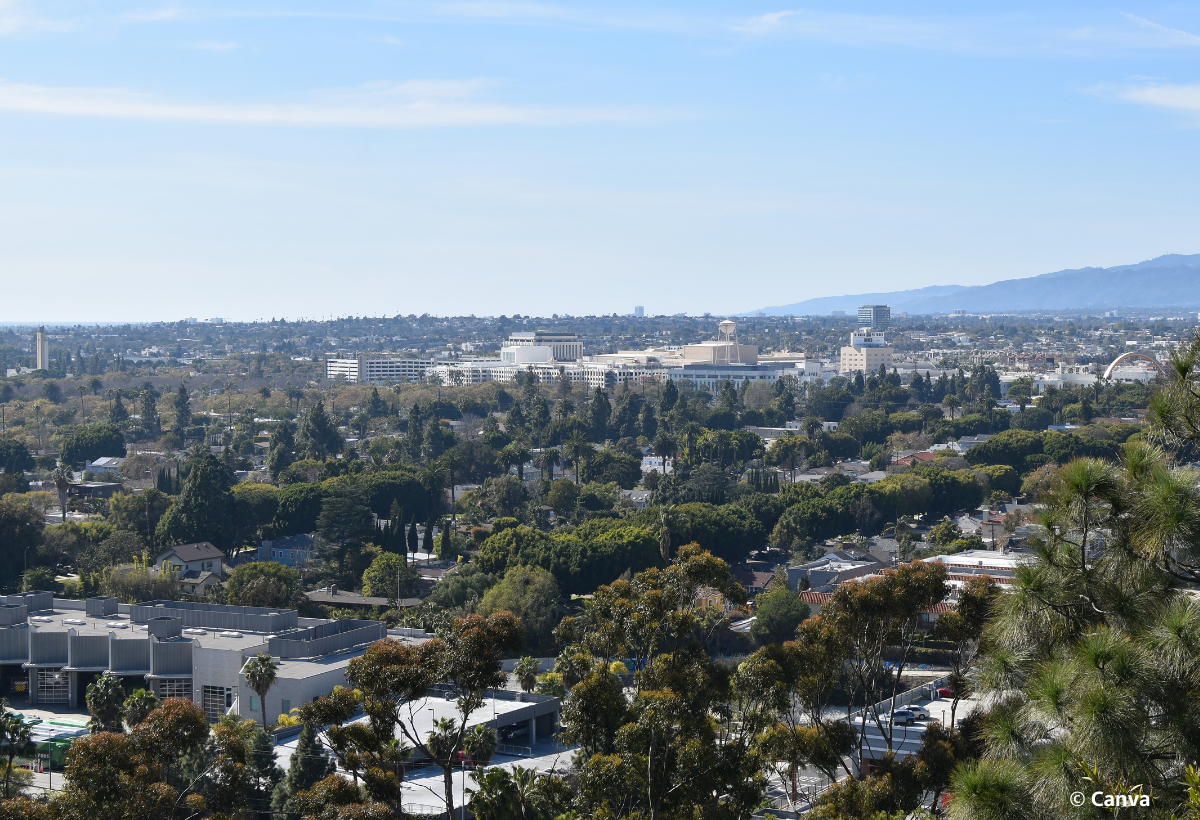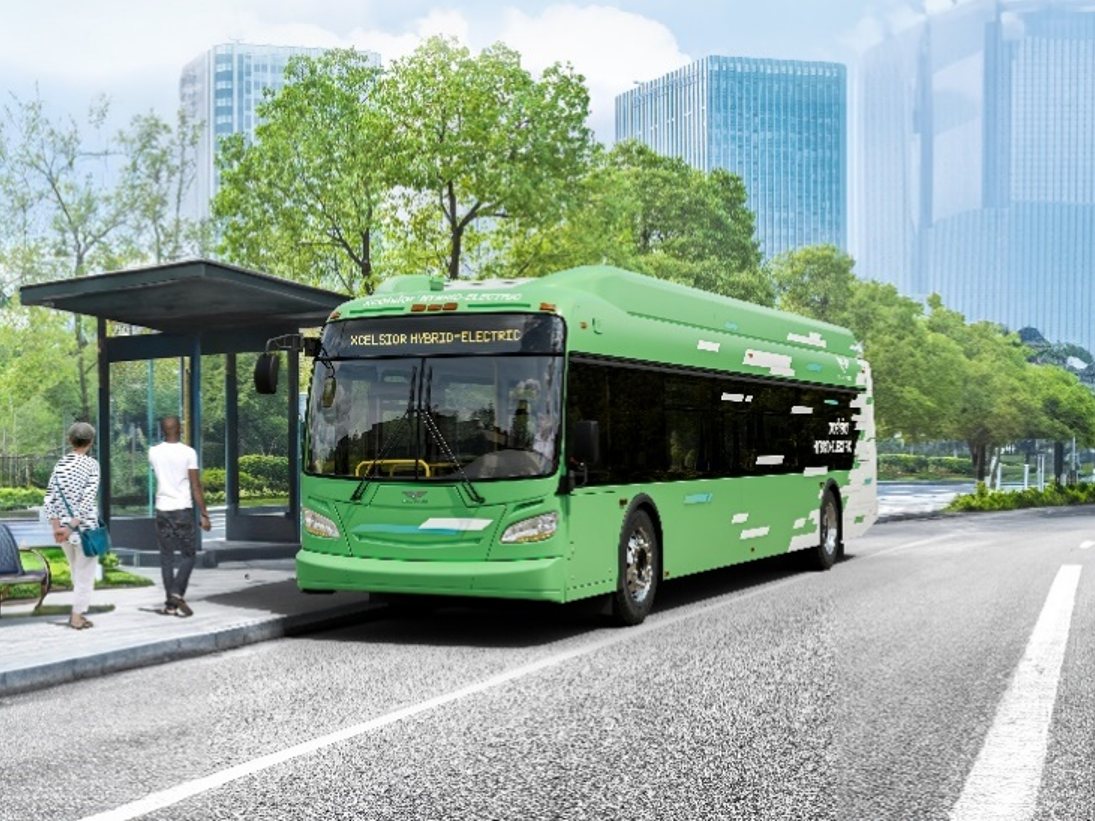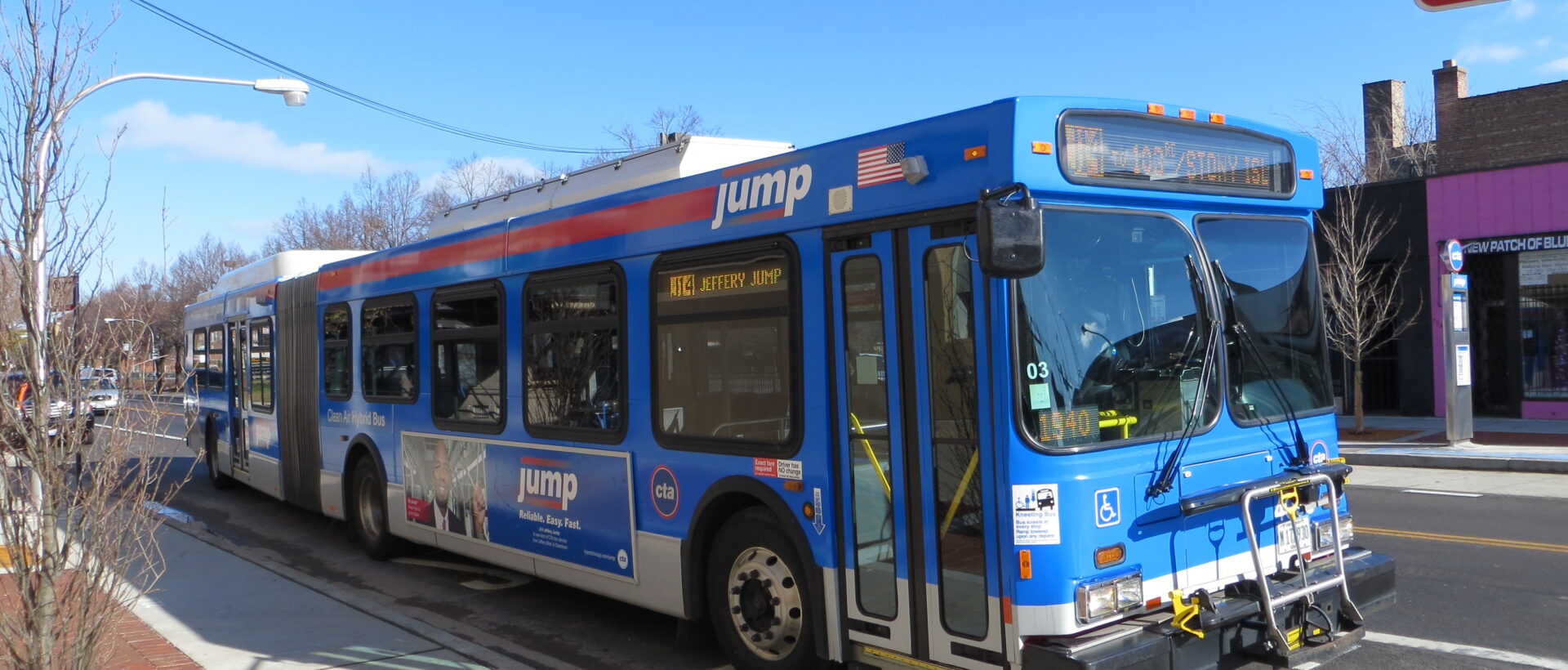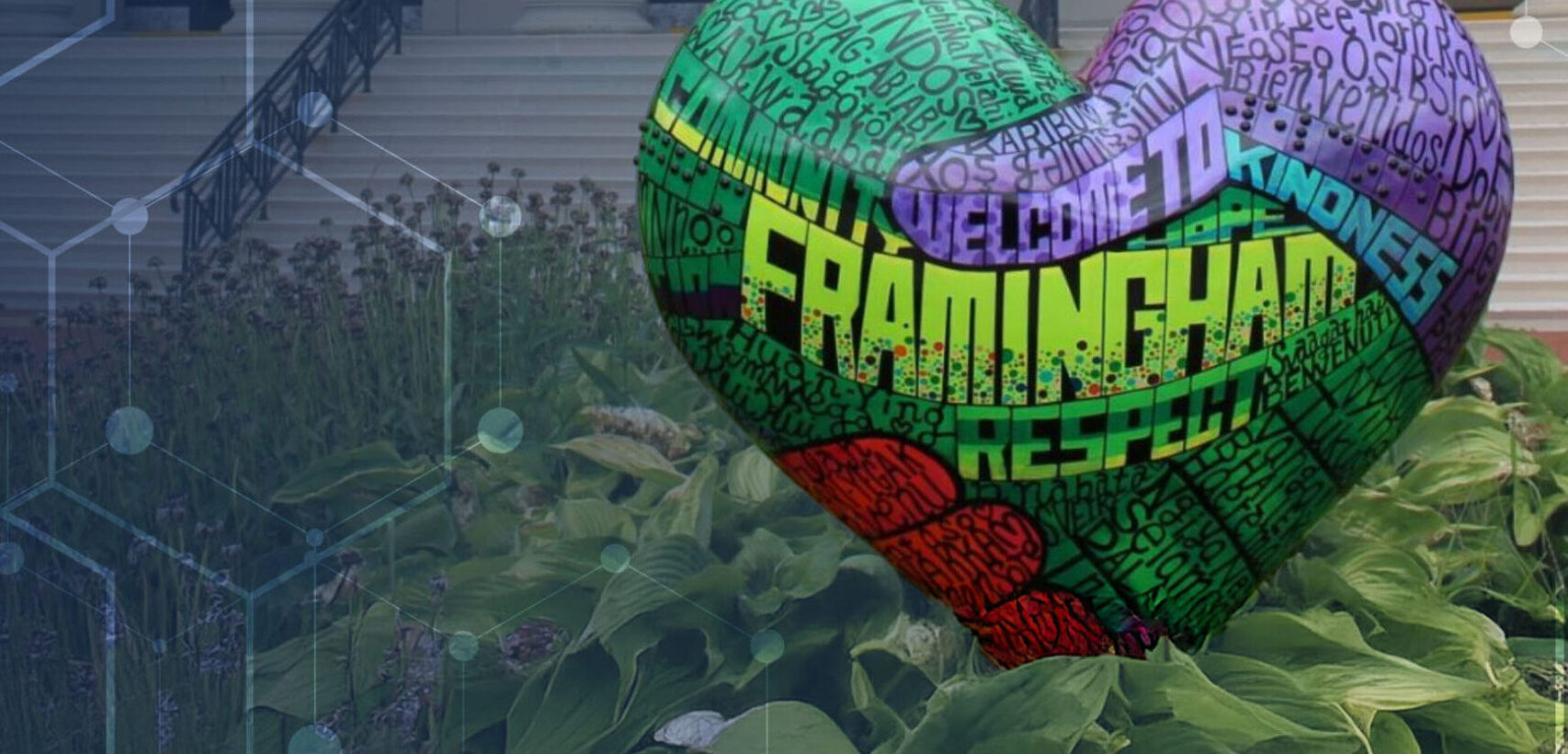The Los Angeles County Metropolitan Transportation Authority (LA Metro) has commenced construction on significant enhancements to the Metro G (Orange) Line in the San Fernando Valley.
These improvements aim to increase bus capacity, reduce travel times, and enhance overall safety for passengers, motorists, pedestrians, and cyclists. The project is scheduled for completion in 2027, ahead of the 2028 Olympic and Paralympic Games.
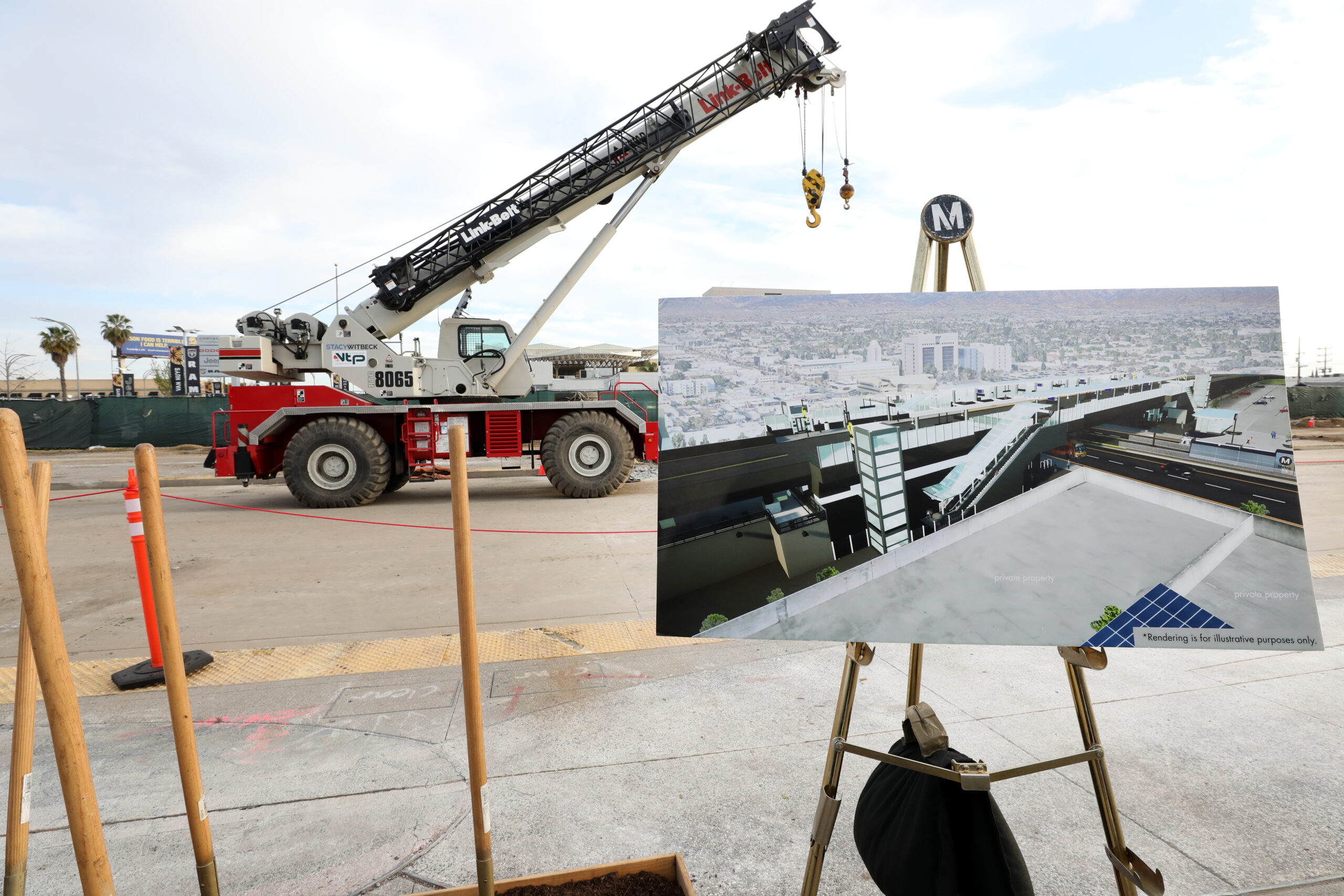
Metro projects that these upgrades will reduce end-to-end travel time on the G Line by approximately 12 minutes, nearly a 22% reduction. The improvements will also facilitate five-minute bus headways and prevent unauthorised vehicle intrusions onto the busway.
Planned upgrades include:
- Installation of four-quadrant gates at 13 high-traffic intersections between North Hollywood and Van Nuys, incorporating flashing lights, bells, raised medians, and crosswalk gates
- Implementation of advanced transit signal priority and preemption, in coordination with the Los Angeles Department of Transportation (LADOT), to extend green signals for Metro’s electric buses, reducing delays at intersections
- Construction of three bridges at Van Nuys Boulevard, Sepulveda Boulevard, and Vesper Avenue to separate buses from vehicular traffic, mitigating congestion and enhancing efficiency.
- Development of a new aerial station on Van Nuys Boulevard, complementing the upcoming East San Fernando Valley Light Rail Transit Project, which will extend transit access through Van Nuys, Panorama City, Arleta, and Pacoima.
- Resurfacing of the adjacent bike path, including new striping, lighting, signage, and fencing for improved safety and usability.
- Installation of additional bike lockers and parking facilities at key G Line stations to support multimodal transportation.
Janice Hahn, L.A. County Supervisor and Metro Board Chair said:These are the most significant improvements Metro has made to this line in its nearly 20-year history. This work will make the G Line faster and safer in the short-term and brings us a step closer to our ultimate goal of converting the line to light rail.
Since late February, Metro has rerouted buses and cyclists between Woodman and Sepulveda G Line Stations to accommodate construction at Van Nuys Station, which will remain closed throughout the project. Demolition of the existing station is expected to begin shortly.
The 668 million USD project is funded through Metro’s 2016 Measure M and Proposition C sales taxes, along with state contributions, including 64 million USD from SB-1, the state’s gas tax and vehicle fee transportation programme.
Valley Transit Partners, a joint venture of Stacy and Witbeck, Inc., Flatiron West, and Modern Railway Systems, has been contracted for the project’s construction.
Lindsey P. Horvath, L.A. County Supervisor and Metro Board Member said:The San Fernando Valley is experiencing one of the fastest-growing demands for public transit anywhere in Los Angeles County — and we are meeting the moment. These transformative G Line improvements will make East-West Valley travel faster and safer and will also create a vital new transit hub that makes it easier for people to connect to the opportunities and services they rely on every day.


